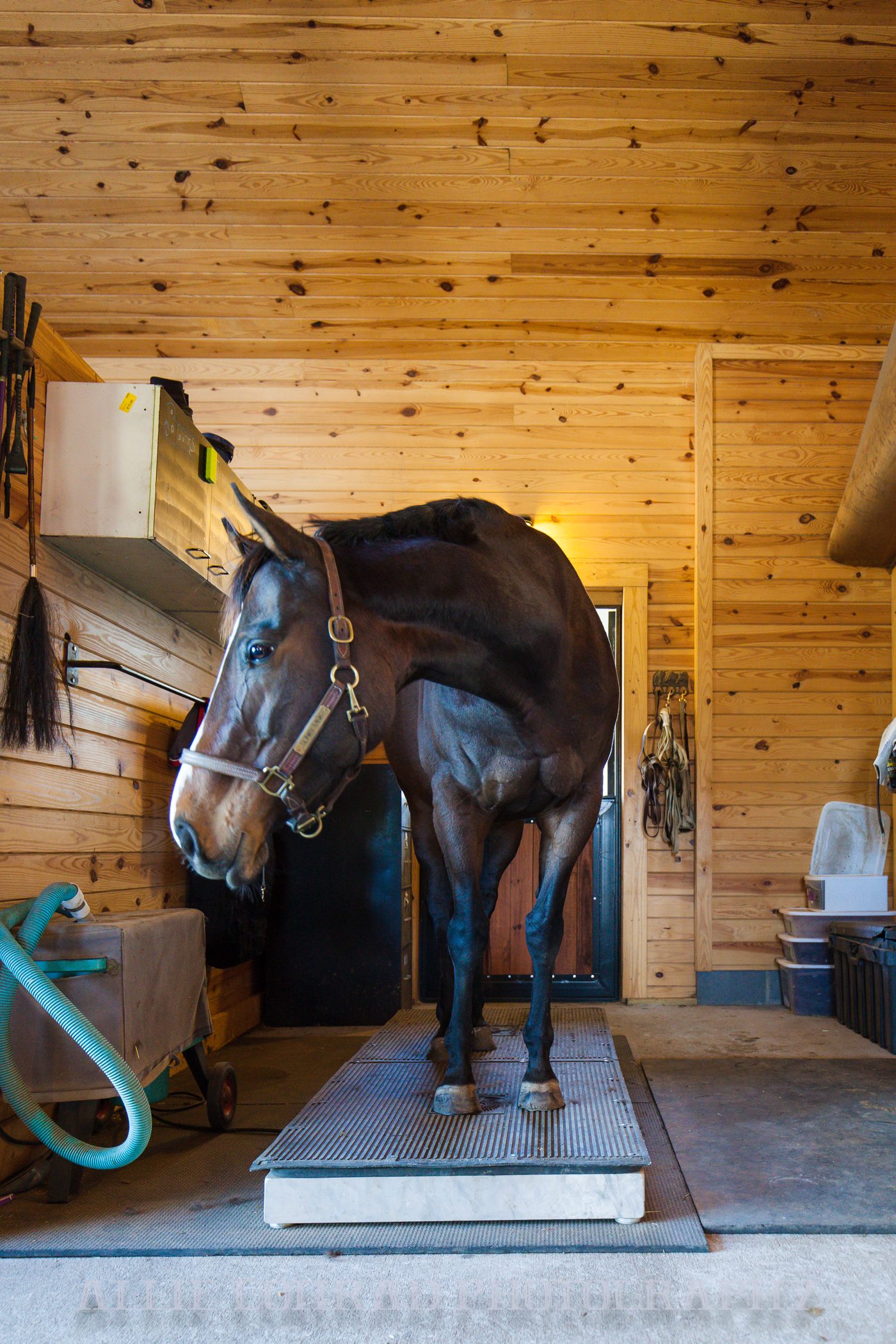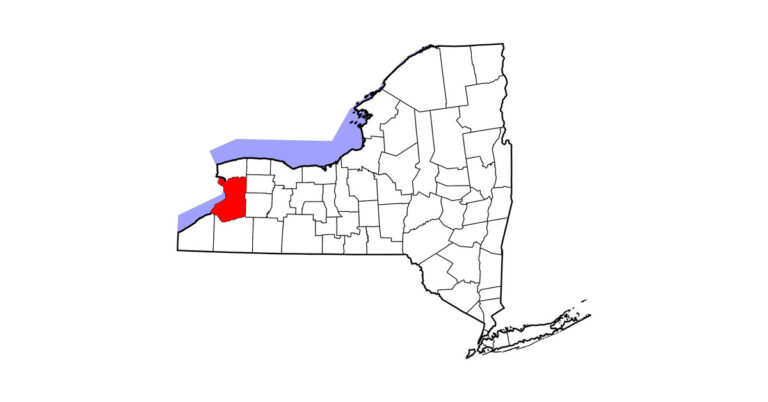Whole-body vibration has gained popularity as a complementary therapy for treating chronic lameness in horses. With this treatment, the horse stands on a large platform that literally vibrates. It’s said to help with a wide variety of health issues, from increasing blood flow and range of motion to improving joint health and reducing inflammation and pain. However, while its use in humans has been documented, very little research has been published on its effect on horses. Bart Halsberghe, DVM, cVMA, cert. ISELP, of the Peninsula Equine Medical Center in Menlo Park, California, wanted to change that.

To scientifically evaluate the effect of WBV, Dr. Halsberghe and his team selected eight client horses—four dressage and four eventing athletes—with existing chronic or recurring lameness. None had received medical treatment within six months of the study’s start or been previously exposed to WBV treatment.
During the study, all horses continued their normal exercise program and were treated with WBV five days per week, two times per day, for 30 minutes per session. They were assessed at the start of the study, after 30 days of treatment and again after 60 days of treatment.
Averaged results showed no statistically significant change in lameness after 30 or 60 days of WBV treatment. Looking at individual results, though, some horses experienced significant improvements, others worsened and the rest had no change in lameness. Notably, researchers did see a trend toward improved soundness after the first 30 days of treatment, but the gains were lost during the next 30 days of WBV sessions.
Four of the horses were also evaluated for immediate effect of WBV. At days 30, 35, 55 and 60, researchers compared these horses’ lameness before a 30-minute session and within 30 minutes of completing the session. Researchers found a statistically significant worsening in front-limb lameness and no statistically significant difference in hind-limb lameness. The front-limb result, however, was skewed by a noticeable worsening of the lameness in one horse.
Overall, Dr. Halsberghe notes that the study results were also influenced by including horses with severe lameness issues who had guarded to poor prognosis for future soundness.
However, the team did conclude that short-term (up to 30 days) WBV treatment may prove helpful for horses with chronic musculoskeletal soundness. Over a longer term, horses may adapt to the WBV (indicating the need to adjust settings) or have negative reactions. In addition, researchers noted that WBV may be beneficial when a horse experiences an acute worsening of a chronic lameness.
“It is clear that this [pilot] study raises more questions than it gives answers,” says Dr. Halsberghe. “But [it] brings several points to our attention: No therapy is beneficial for every single injury/disease and … further research needs to identify which specific injuries/diseases are more likely to benefit [from] WBV.










